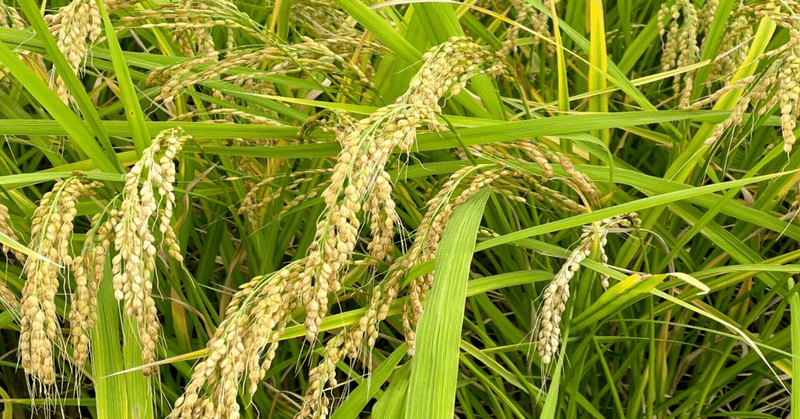
【~連載~静岡の歴史を学ぼう156】Kamigoku-cho district 上石町
※ この記事は「静岡移住計画Facebook」に掲載しております。
江戸時代には上石町(かみごくちょう)と並んで、下石町(しもごくちょう)もありました。下石町は現在の青葉シンボルロードの辺りです。上石町は江戸時代には一丁目と二丁目がありましたが、昭和20年9月に併せて上石町と改称しました。(「徳川家康と駿府城下町」より。黒澤脩著)
駿府城公園から歩いて10分ほど。本通と人宿町一丁目の間にある住宅地です。

Kamigoku-cho district
上石町
According to, ‘Sunkoku Zasshi’ - a historical collection written on Suruga Province in the Edo period - selling grains in the city of Sumpu was defined to certain districts of ‘Kamigoku-cho’ and ‘Shimogoku-cho’ during Lord Ieyasu’s ruling period.
江戸時代、駿河国について書かれた歴史書、「駿国雑志」には駿府の街での穀物の販売は上石町と下石町で行うと規定されました。
Therefore, many grain merchants used to settle in those districts that served as grain markets at that time.
ですから、多くの穀物を扱う商人たちがこれらの地区に定住し、当時穀物市場としての役割を果たしました。
‘Goku’ (Koku) refers to grains in Japanese.
「ごく(こく)」は日本語で穀物を指します。

‘Kami’( originally means upper) means ‘north’ and ‘Shimo’’(originally means lower) means ‘south’ to express directions of land names in Japanese language.
日本語で地名の方角を表すとき、「かみ(上)」は「北」を、「しも(下)」は南を意味します。
There was also ‘Shimogoku-cho’ in the southern part of the Sumpu city, which also served as a grain market.
駿府には「下石町」もありました。そちらも穀物市場の役割を果たしていました。
However, during the Edo period the residents transformed from grain merchants to artisans such as woodcraftsmen and lacquer artisans - those who apply lacquer on woodcrafts such as bowls and plates and other tableware.
しかし、江戸時代の間にその住民たちは穀物商人から木工職人や塗師屋などの職人になっていきました。


According to a record, in 1652, there were 32 households and 292 residents that lived there.
1652年の記録によると、上石町の家数は32,住民の人数は292人でした。
(参考資料)石碑にある説明文







江戸時代はひえ、あわも良く食されたと言います。
この記事が気に入ったらサポートをしてみませんか?
